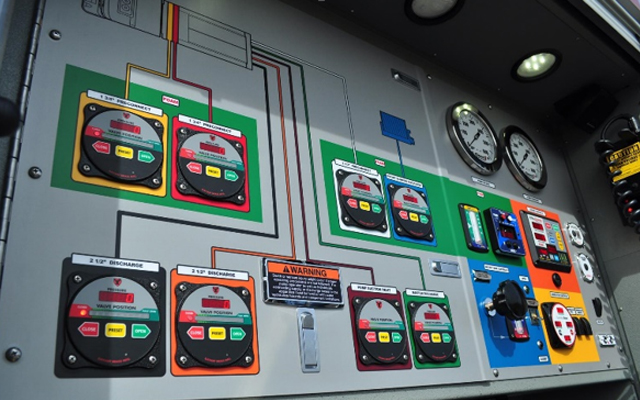Author: Henri Azibert
Rarely does a conversation about modern maintenance practices not include the topic of condition monitoring. It is considered essential. It takes many forms, often using very advanced technology. We hear about hard-wired sensors for on-line data processing, data logging and analysis, optical imaging, remote monitoring, wireless data transmission, cellular telemetry, long range, low power wireless platform, and Industrial Internet of Things (IIoT). We get the promise of predictive maintenance, downtime avoidance, and smart, connected products. It can be hard to contain the excitement, but what will it actually do for us?
First, we need to get back to the basics. In its simplest form, condition monitoring simply means to keep track of how machinery is running. It is not new by any means. A number of parameters can be monitored. In a pumping environment, it might be pressure, temperature, flow rate, power consumption, or vibration. Any parameter that can be measured qualifies, as long as it is revealing something useful about the process. It does not have to be very complex; a simple gauge will do, just walking around and keeping track of the measurements.
If temperature increases beyond its usual range, for example, that can be a warning of a potential problem. Keeping a close eye on it as it starts to vary can be an alert to look for a plugged cooling system, a failing bearing, or rubbing components. Suction and discharge pressure can determine where a pump is running on its curve, whether it is within the allowable operating range.
A baseline needs to be established, and deviation from the base line indicates a change in the system that must be analyzed. It does not mean it is necessarily a problem, as, for example, ambient temperature will change with the seasons, and so will process and machinery temperature. But understanding the fluctuations and their potential effect on the equipment is what makes condition monitoring so effective. It can be simple or it can be quite complex.
Vibration monitoring on rotating equipment is particularly useful. Knowing frequency, direction and magnitude can give specific indications of the source of problems. Spectral analysis can detect imbalance, cavitation, a bent shaft, or misalignment. Ball bearing deterioration can be identified with even differentiation between problems of fit, race or ball damage.
Now, with all that wealth of information, decisions can be made. Schedule the next opportunity to intervene; turn off the equipment so it can be repaired when it is convenient, when the replacement parts are in hand, and when there is time to do it right.
Reactive maintenance, waiting till failure with all its disruptions, can be a practice of the past. Preventive routine maintenance done on a regular basis does not detect problems between maintenance intervals and can also be quite expensive. The realm of predictive maintenance, fixing only what needs fixing, just before failure, is now within reach with condition motoring.
If this sounds like it is amazing and exciting, well, it is! And the benefits are tremendous. They will include increased uptime, extended pump life, reduced maintenance costs, and improved safety. It can even help reduce energy consumption by insuring that the equipment is operating within its optimum design range.
However, if the plan is to adopt condition monitoring to solve all problems, then, disappointment will soon be on the horizon. No matter how useful and beneficial a condition monitoring program can be, the all too often tendency of upper management to look for the miracle cure or panacea for all ills, can lead to overuse and poor results.
In and of itself condition monitoring does not accomplish anything. It is just a way of assessing how equipment operates, but is useless unless action and decisions result from that knowledge.
Condition monitoring can ascertain whether the equipment is operating the way it was designed to operate, which is not necessarily the way it was meant to operate. Where there is an inefficient or poorly designed system, all that can be learned is that the system is undeniably, absolutely, and most categorically working inefficiently and poorly. Condition monitoring will not optimize a pumping system. Neither will it produce your product.
And, it cannot fix your pump and equipment. If a repair is defective, it might tell that the system is not back to where it used to be, and might even tell what went wrong. It will not, however, effectuate the correct repair nor figure out an easy upgrade to achieve longer life.
Condition monitoring in all its form, from the simplest to the most advanced, will bring remarkable benefits and impressive results, but only as long as you know what to do with the information and act on it.
https://empoweringpumps.com/industry-pros/henri-azibert/




